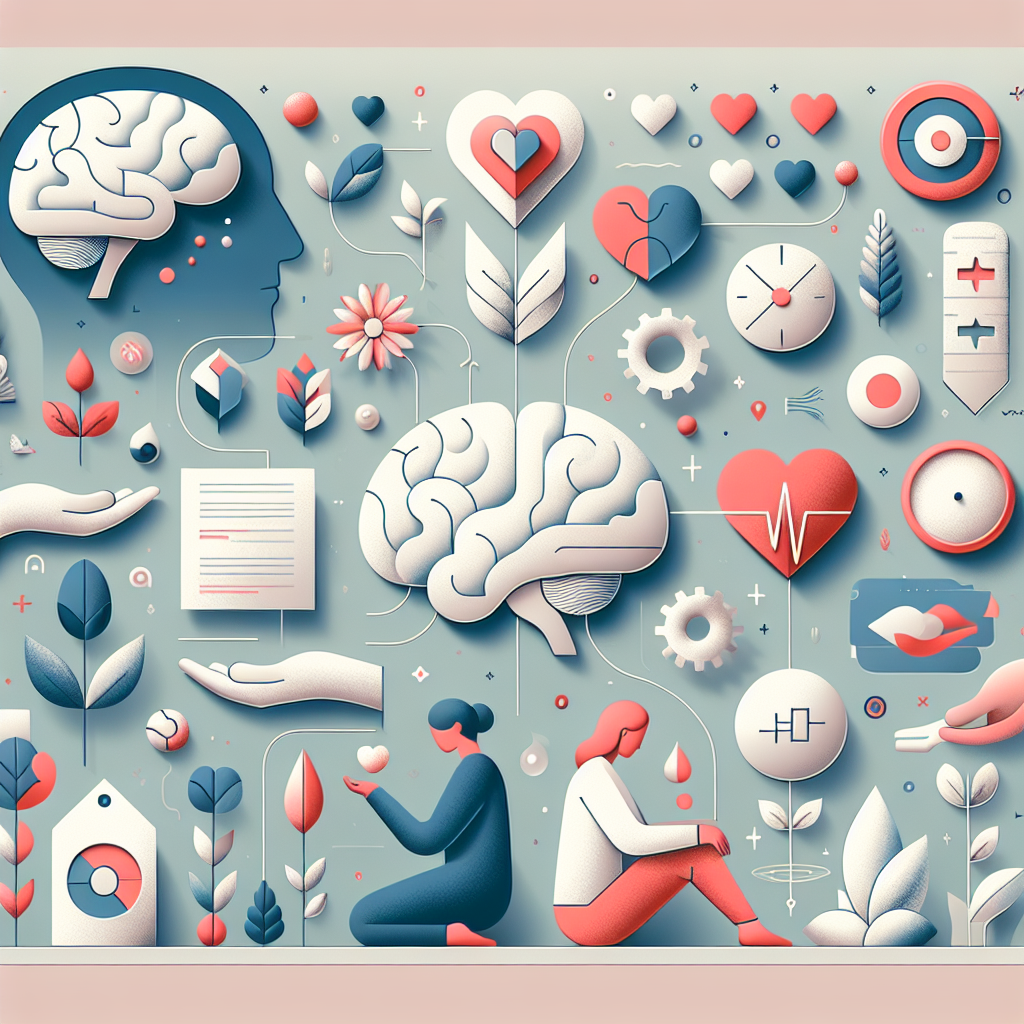Mental health affects how we think, feel, and act every day. This article focuses on anxiety and emotional responses, offering clear information about what anxiety can look like, why it happens, and practical steps you can take to feel steadier. Whether you experience occasional worry or ongoing distress, understanding the basics helps you make better choices about self-care and when to seek support.
Understanding anxiety and emotional well-being
At its core, anxiety is a normal reaction to stress and perceived threats. For some people it becomes persistent or intense enough to interfere with daily life. The def of anxiety varies by context — clinically it can refer to an anxiety disorder diagnosed by a health professional, while in everyday use it describes feelings of nervousness, tension, or fear. Knowing the difference helps you decide when to use self-help strategies and when to consult a clinician.
Common signs and how anxiety shows up
Anxiety can show up in the body, mind, and behavior. Physical symptoms often include rapid heartbeat, muscle tension, breathlessness, and trembling. If shaking or tremors are part of your experience, concrete tips can help reduce those symptoms — see this guide on how to stop shaking from anxiety: what you need to know for practical steps.
Mental and emotional signs include persistent worry, difficulty concentrating, irritability, and a sense of impending doom. Behavioral signs might be avoidance of situations that trigger worry or an increase in safety behaviors (such as repeatedly checking or seeking reassurance).
Why anxiety happens
Anxiety is influenced by biology, environment, and learned behavior. Genetics and brain chemistry can make some people more prone to anxious reactions. Life stressors — such as work pressure, relationship conflict, or health worries — can trigger or worsen symptoms. Learned responses from past experiences may also teach the brain to anticipate danger in safe situations, maintaining a cycle of worry.
Short-term vs. long-term anxiety
Short-term anxiety is often helpful: it sharpens focus and prepares the body for action. Long-term or chronic anxiety, however, can be draining and increase risk for other health issues like sleep problems, digestive upset, and lowered immune function. Recognizing when anxiety is persistent rather than situational is key to choosing the right approach.
Practical strategies to manage symptoms
Small, consistent actions can reduce the intensity of anxious episodes and build resilience over time. Combine self-care, behavioral techniques, and professional help when needed.
- Breathing exercises and grounding techniques to interrupt physiological arousal.
- Regular physical activity and sleep hygiene to stabilize mood.
- Cognitive strategies: notice and gently challenge unhelpful thoughts instead of fighting them.
- Exposure-based steps: gradually facing avoided situations to reduce fear over time.
- Social support: connect with understanding friends, family, or support groups.
For evidence-based background on anxiety disorders, consult the National Institute of Mental Health’s overview, which explains symptoms and treatment options in detail: NIMH overview of anxiety disorders.
When to seek professional help
Consider reaching out to a mental health professional if anxiety significantly limits your daily functioning, causes severe distress, or does not improve with self-help strategies. Therapies such as cognitive behavioral therapy (CBT), medication when appropriate, and integrated care approaches have strong evidence for helping many people regain stability.
Supporting someone else
If you’re supporting a loved one, practice active listening, validate their feelings, and gently encourage small, achievable steps toward coping. Avoid minimizing their experience or offering quick fixes; instead, help them access resources or professional care if needed.
Quick recap
Understanding anxiety starts with recognizing symptoms and distinguishing normal worry from a more persistent problem. Use self-care strategies, slow breathing, movement, and evidence-based approaches to reduce symptoms. If shaking or other intense physical signs occur often, targeted resources like the linked guide above can help you manage those specific reactions.
Frequently asked questions
Q: Is it normal to feel anxious sometimes?
A: Yes. Occasional anxiety is a normal response to stress or danger. It becomes a concern when it is chronic, severe, or interferes with daily life.
Q: How quickly can anxiety improve with treatment?
A: Improvements vary. Some people notice relief within weeks of starting therapy or medication, while others take longer. Consistency with treatment and self-care usually speeds recovery.
Q: Can lifestyle changes really help?
A: Yes. Regular exercise, good sleep, balanced nutrition, and stress-management practices often reduce symptoms and make clinical treatments more effective.






